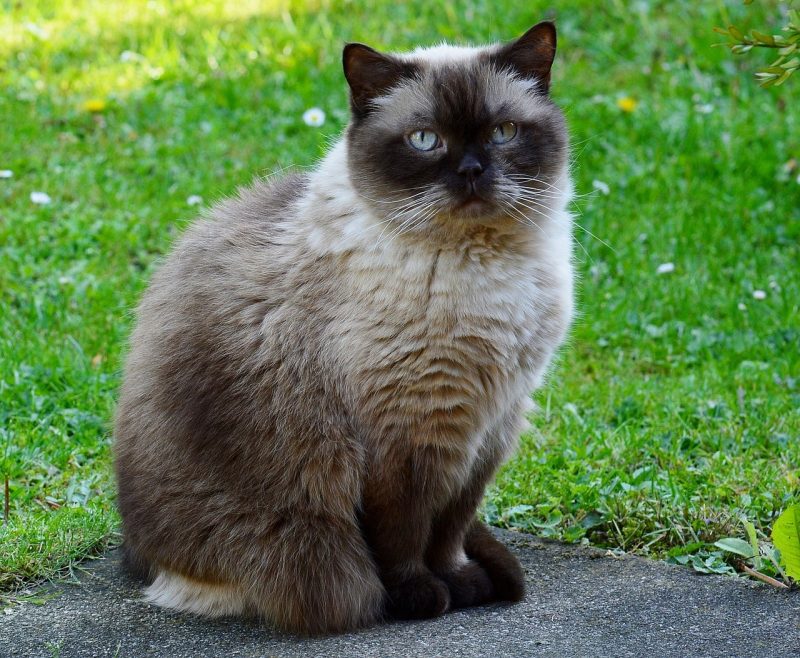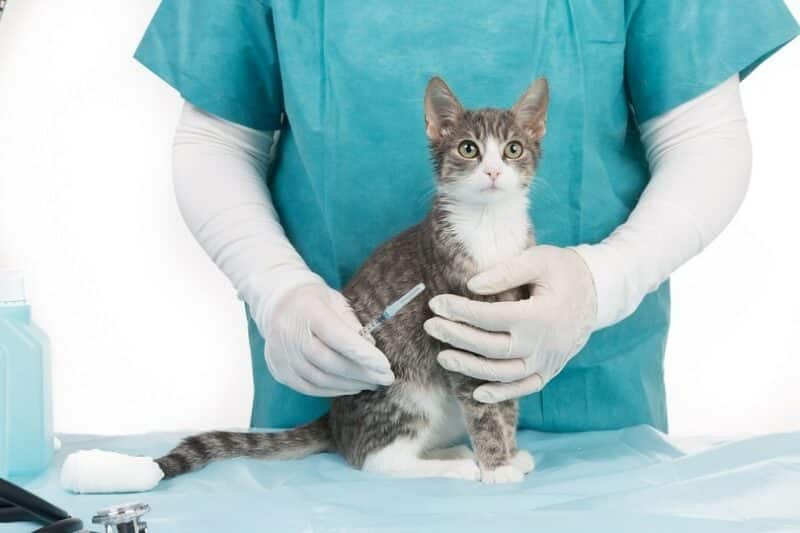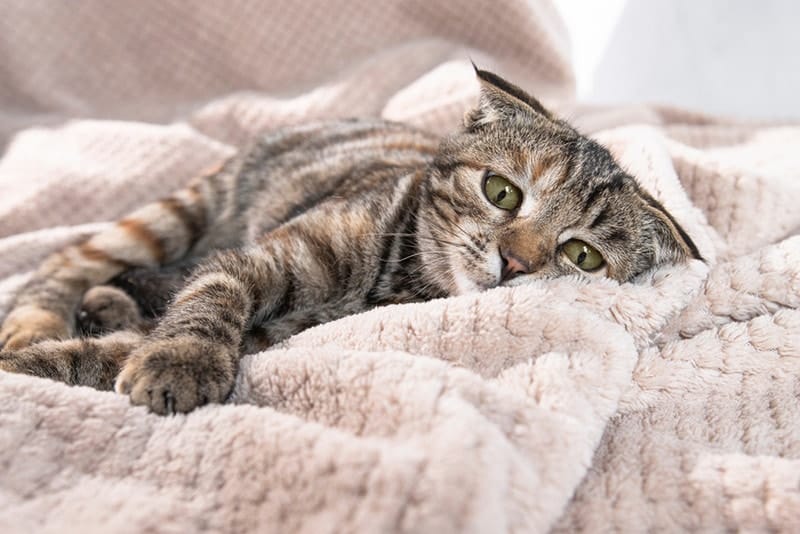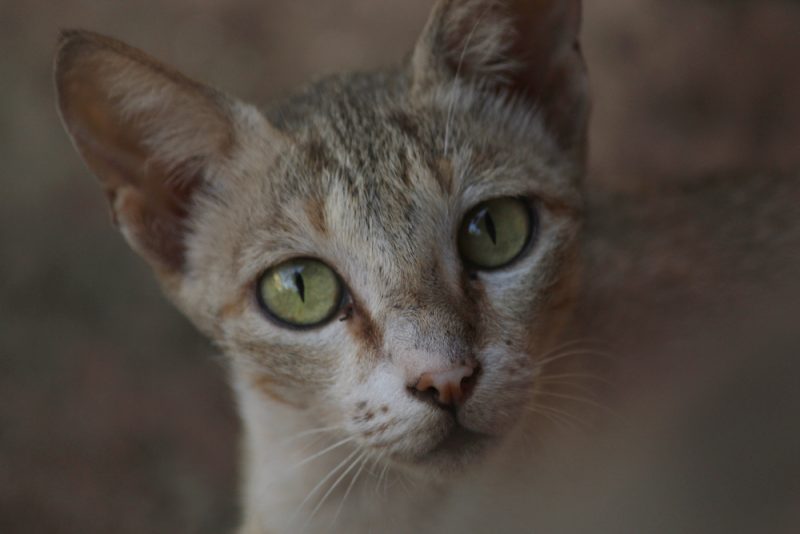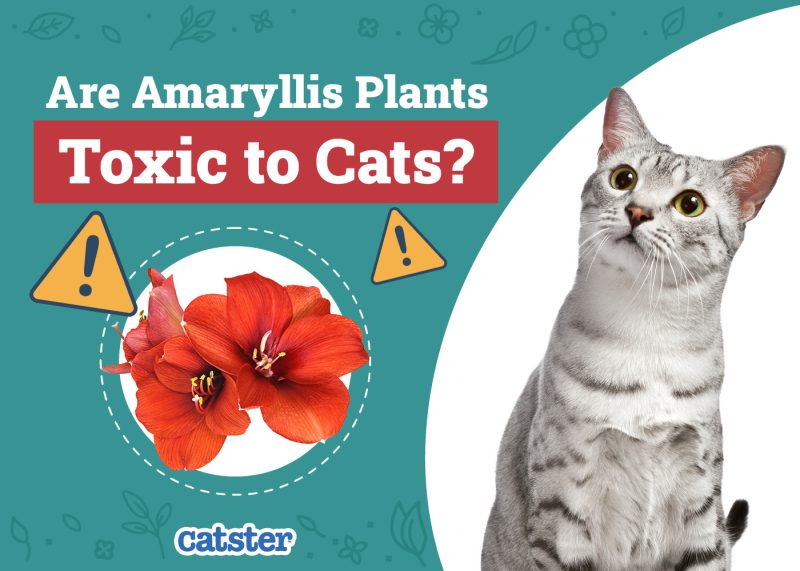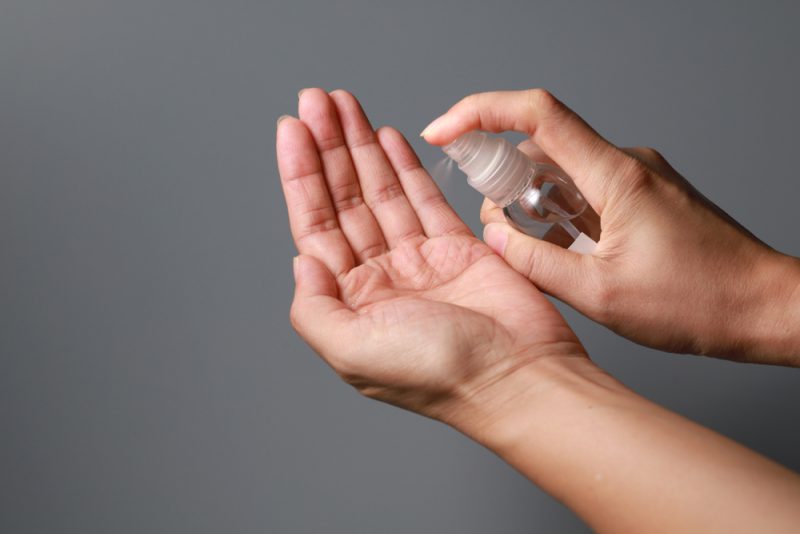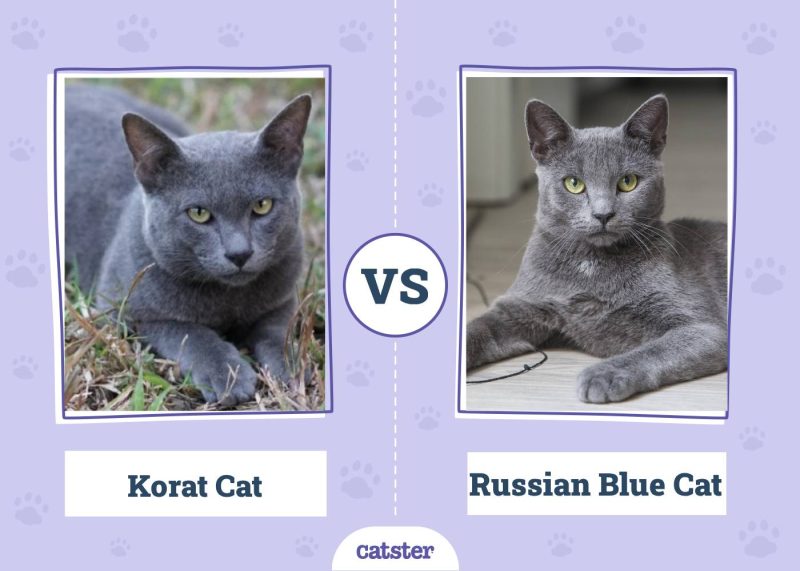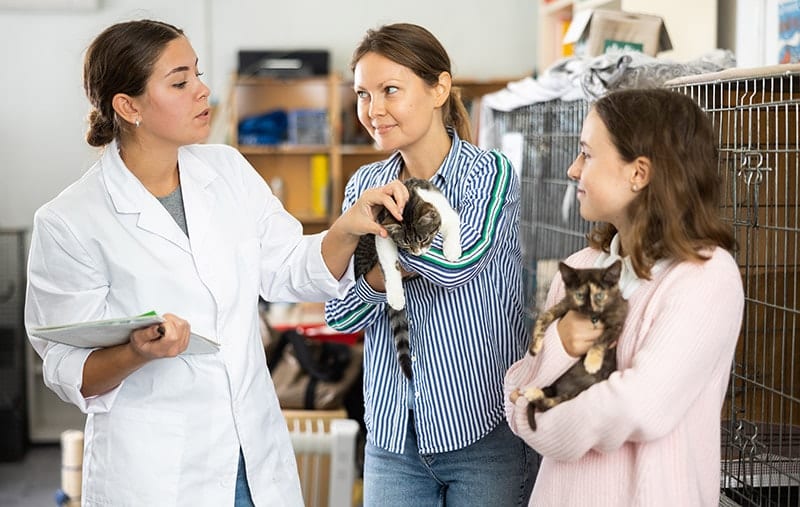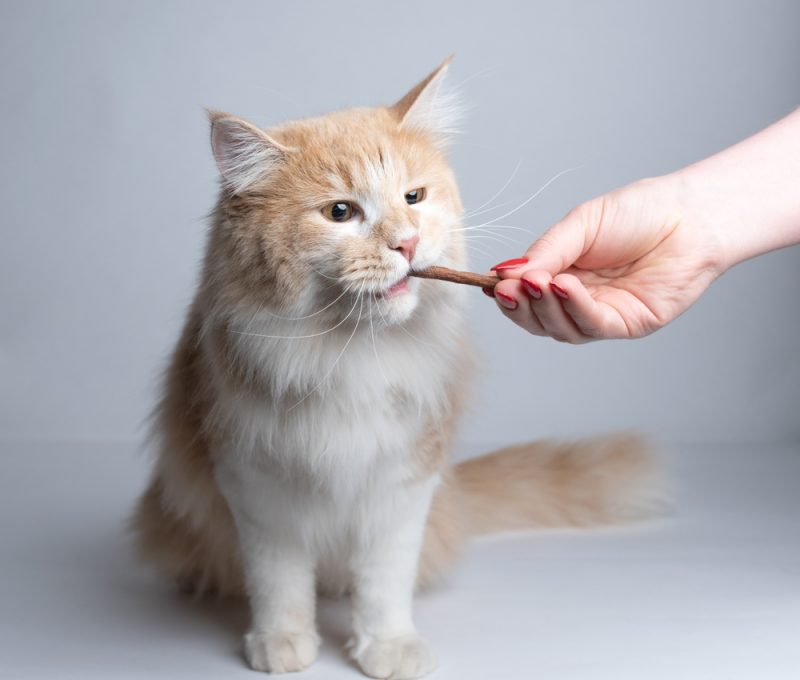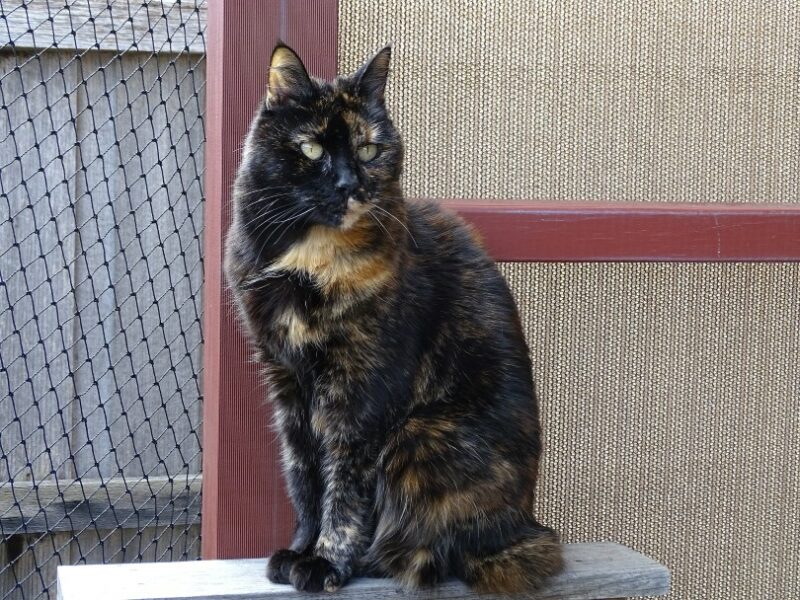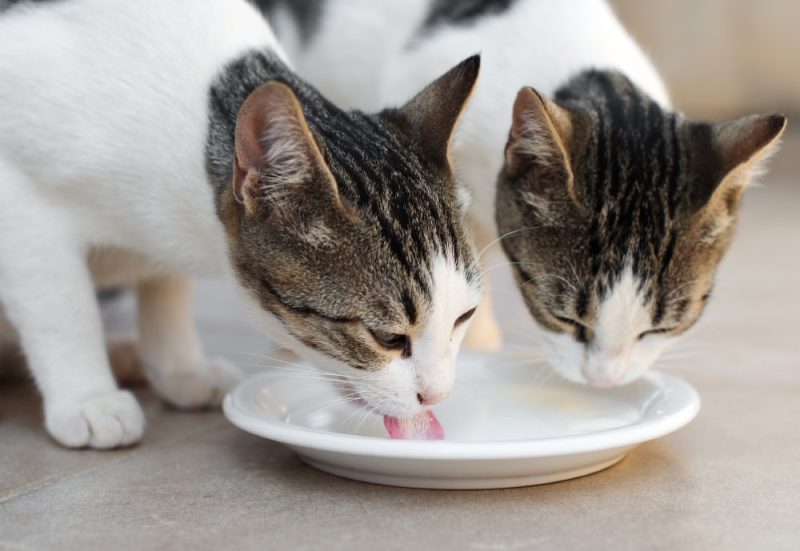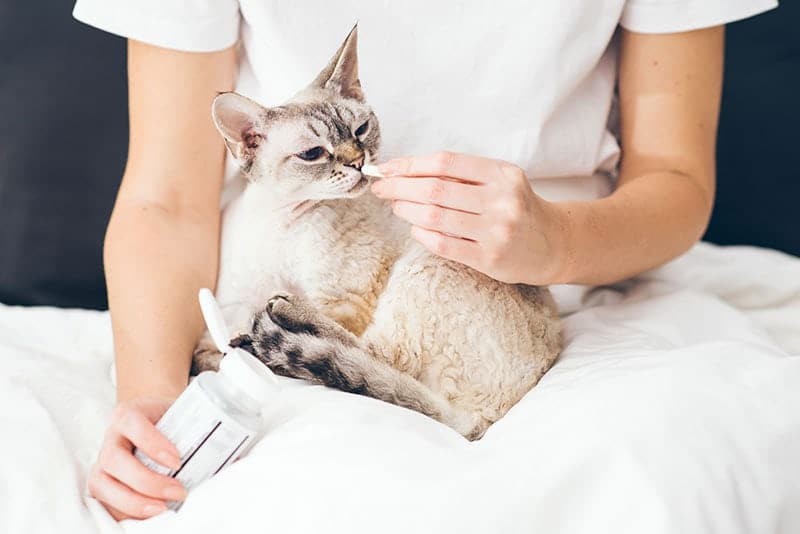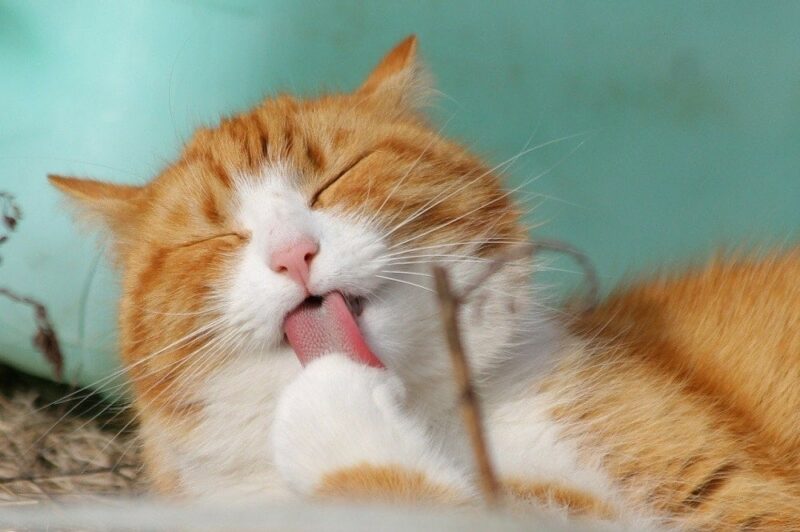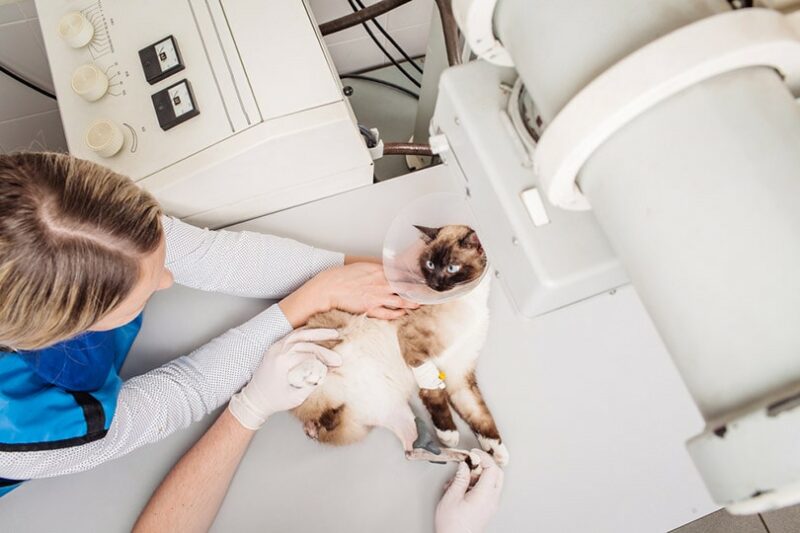In this article
View 4 More +British Shorthair cats are sweet and sociable. They love being around people and often form loving bonds with their humans. Most grow to be around 12–14 inches at the shoulders, and they usually weigh 7–17 pounds. They are relatively calm, but, like most cats, they enjoy a good play session now and then. While they require love, playtime, and attention, British Shorthairs aren’t known for being extremely needy; some prefer not to be picked up and cuddled.
Most British Shorthairs are fine being left alone for reasonable periods since they aren’t prone to developing separation anxiety. They typically get along with other cats and friendly dogs, are comfortable around strange people, and adapt well to new situations.
They come in various coat colors, including black, white, orange, and cream. However, a rich gray is the color most associated with the breed. British Shorthair cats with bicolor, tabby, and calico markings can also be found. They are a relatively healthy breed and can live for 15–20 years. British Shorthairs are easy to groom but still require regular brushing, teeth cleaning, and nail clipping. So, let’s have a look at how much a British Shorthair can cost. You can get a British Shorthair for $50-$3,000 based on where you are getting your cat from, with monthly expenses around $188–$948.

Bringing Home a New British Shorthair: One-Time Costs
While several regular expenses come with pet ownership, such as food and veterinary bills, there are also one-time British Shorthair costs to consider; some kick in when you first adopt a new pet. Not only are there adoption fees to consider, but you’ll need to have a few basics on hand, such as a litter box, collar, food, and water bowls.
Also, there are medical expenses to consider, such as neutering or spaying and microchipping your pet. Keep reading for a rundown of some of the initial expenses to expect when adopting or purchasing a British Shorthair cat.
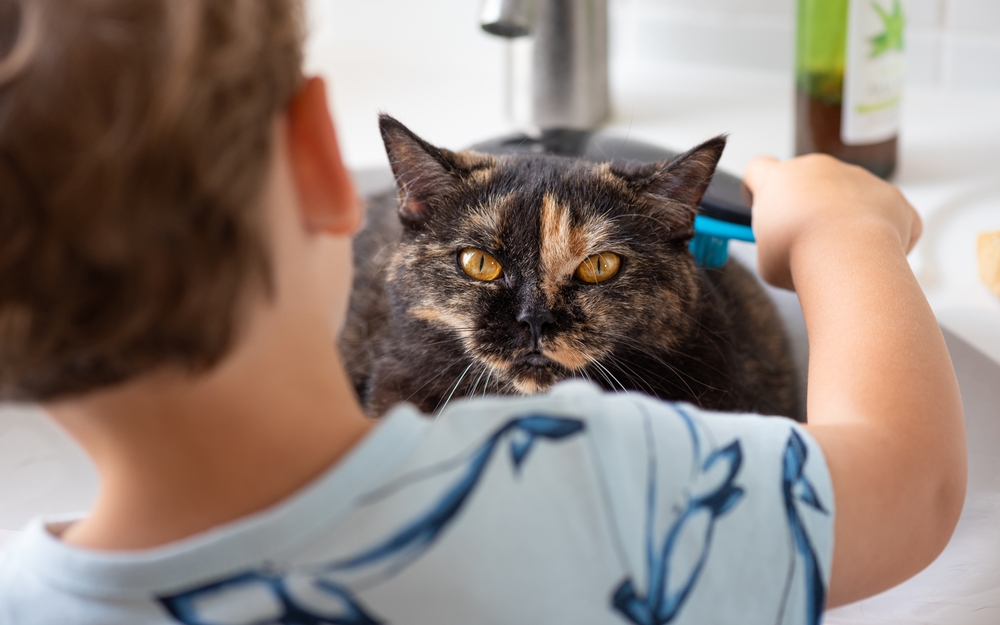
Free
It’s sometimes possible to find British Shorthair kittens being given away when a female cat has an unplanned litter. If you’re set on adopting a purebred cat, this isn’t a viable option, and chances are high that you’ll end up with a mixed kitty. But it’s a great way to grow your circle of love and keep a kitten out of a shelter.
Adoption
- $50–$200
It’s sometimes possible to find British Shorthair cats in shelters. If you have your heart set on adopting one of these kitties from a shelter, you may have to wait a while, as British Shorthairs are rarely relinquished. It’s sometimes possible to find cats up for adoption through cat fancy groups on social media. Because they’re sweet, easy-going, and adaptable, British Shorthair cats seldom end up in shelters.
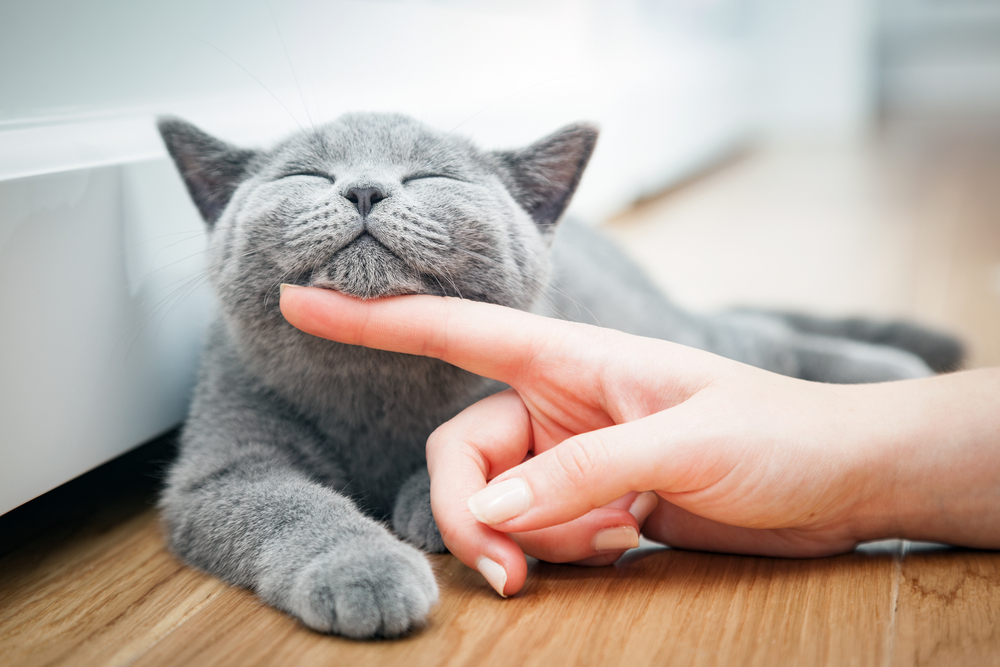
Breeder
- $1,500–$3,000
Reputable breeders take steps to avoid breeding animals with genetic and other illnesses, minimizing the chance that your pet will develop breed-specific genetic diseases. British Shorthairs are at increased risk of contracting heart and blood conditions, including hypertrophic cardiomyopathy (HCM) and hemophilia B.
Most reputable breeders use DNA tests to avoid producing pets with these conditions. Cats purchased from experienced breeders are usually well-socialized since they’ve received plenty of human love and attention.
Initial Setup and Supplies
- $210–$690
When your pet arrives, the most important things to have on hand include a litter box, litter scoop, food and water bowls, and toys. You’ll also need a carrier to bring your new buddy home and use for veterinary visits.
You can follow any feeding instructions the breeder provides to ensure you’re giving your cat food that meets their nutritional needs. While microchipping costs are often included in breeder fees and shelter adoption costs, in some cases, you may need to arrange for the procedure and pay the associated fees yourself.
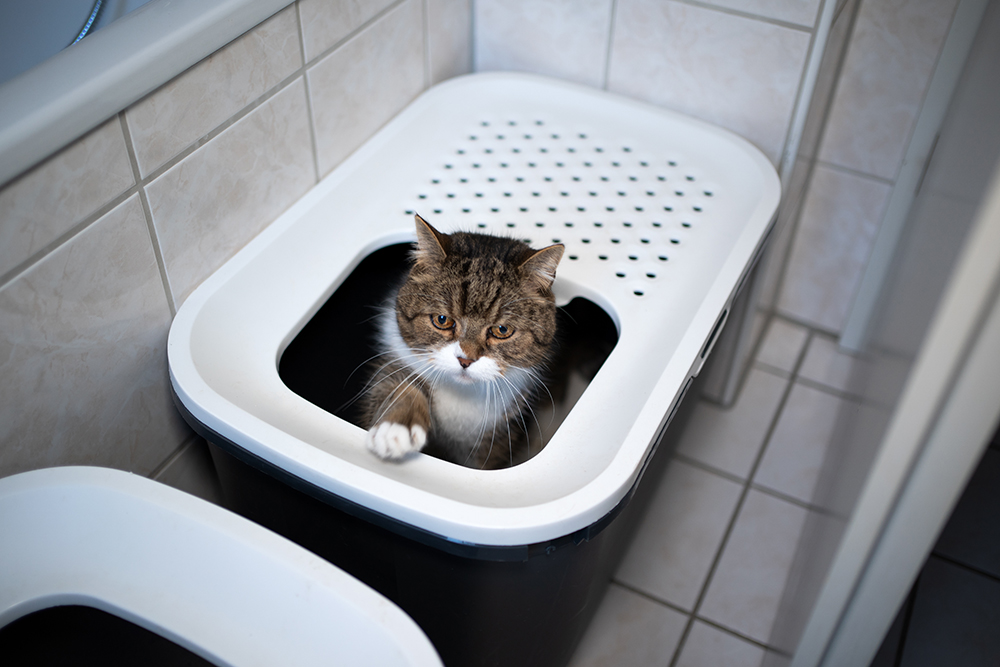
List of British Shorthair Care Supplies and Costs
| ID Tag and Collar | $15 |
| Spay/Neuter | $50–$200 |
| Microchip | $5–$50 |
| Bed | $20–$50 |
| Nail Clipper | $10–$30 |
| Brush | $20–$30 |
| Litter Box | $25–$200 |
| Litter Scoop | $5–$25 |
| Toys | $20–$50 |
| Carrier | $30 |
| Food and Water Bowls | $10 |

How Much Does a British Shorthair Cost Per Month?
- $188–$948 per month
While British Shorthair cats usually cost less to feed, maintain, and keep healthy than dogs, there are still regular expenses to consider. Healthy adult cats require high-quality food, litter, treats, and toys. How much you end up spending depends mainly on the products you choose.
There are litter boxes that cost $15 and self-scooping models that’ll set you back more than $500. Owners usually spend more on kittens and senior cats, as they require more medical care, including multiple veterinary visits per year. Senior cats often need prescription food to manage chronic conditions such as osteoarthritis and chronic kidney disease.
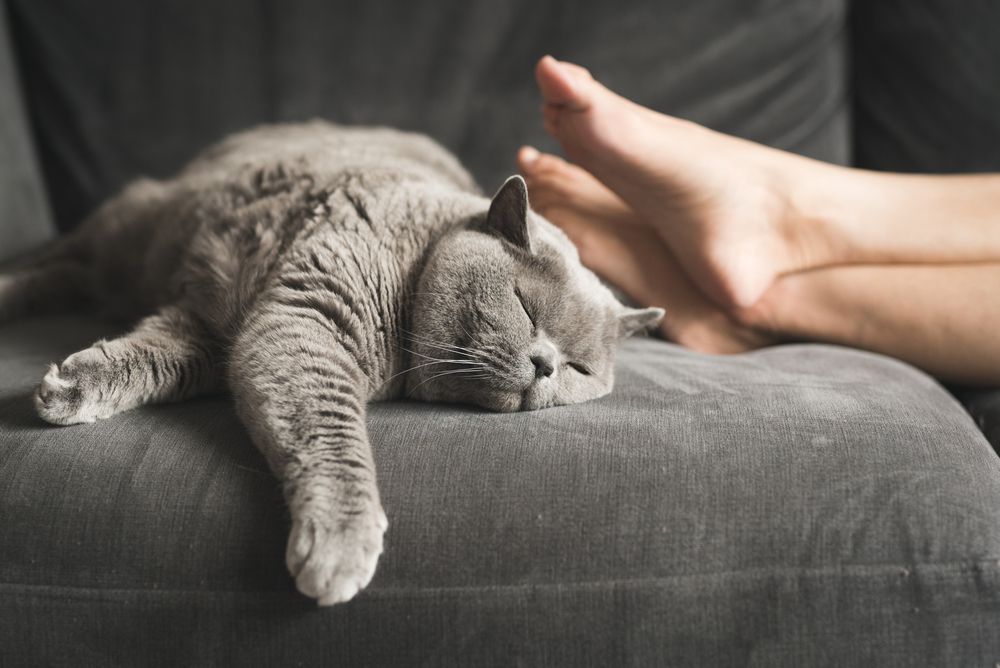
Health Care
- $75–$535 per month
British Shorthair cats don’t cost much to keep healthy but still need regular veterinary checkups and vaccinations. Expect to spend more on medication and prescription food as your pet ages. Pet insurance can provide financial help if your cat needs emergency care or treatment for a disease like cancer.
However, you’ll have to factor in the cost of regular dental cleanings under anesthesia, which pet insurance often doesn’t cover. Depending on the insurer, you can add a wellness plan if you’re interested in an option that helps pay for routine veterinary care.
Food
- $40–$150
British Shorthair cats don’t require a special diet. It’s best to look for products that meet the nutritional requirements of the American Association of Feed Control Officials (AAFCO). High-quality brands cost around $40 per month, but you can expect to spend more on small-batch products or recipes with rare proteins, like kangaroo meat.
Prescription cat food for a British Shorthair costs substantially more, so be prepared to shell out more than $150 per month for specialty kidney and urinary diets. Dry food sometimes costs less than wet food, but wet food provides moisture and plays a vital role in keeping cats hydrated who don’t drink enough water.
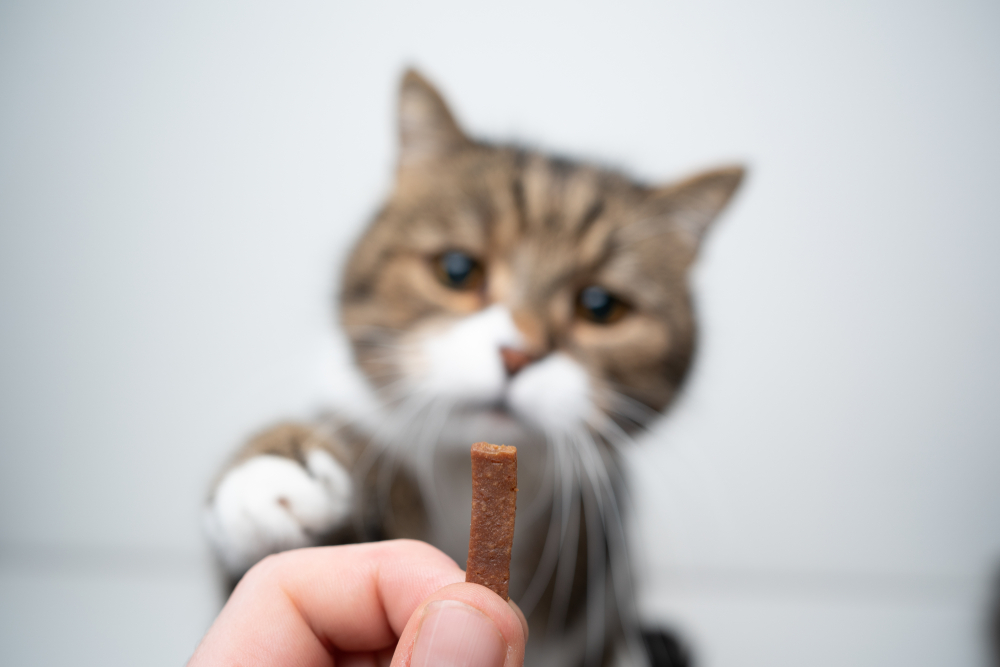
Grooming
- $5–$25 per month
British Shorthairs have limited grooming needs; weekly bushings are sufficient to keep their coats nice and healthy. Like most short-haired cats, they only require baths as needed, usually when they’ve gotten into something stinky or irritating.
They also need regular tooth brushing and nail clipping, which you can take care of at home. Having a professional groomer clip your cat’s nails can cost $10–$15. Plan to replace your brush or clippers occasionally, but most last at least a few years.
Medications and Vet Visits
- $20–$100 per month
British Shorthairs are healthy felines; most don’t require expensive medication and care during their prime years. However, veterinarians recommend that adult cats have regular checkups and vaccinations. Once your cat reaches their golden years, plan to spend more on veterinary visits and prescriptions.
Veterinarians often recommend yearly blood work and twice-yearly checkups for older pets. If your cat is diagnosed with a chronic condition, you’ll spend more on medications and possibly prescription food.
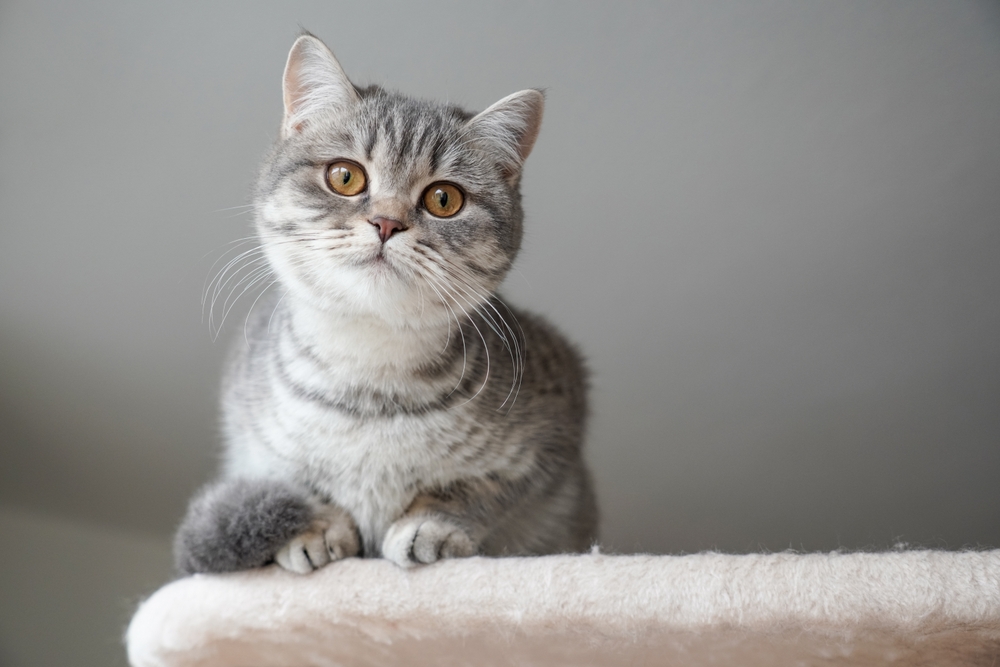
Pet Insurance
- $20–$70 per month
Pet insurance helps pay for unexpected veterinary expenses related to accidents and serious illnesses. It kicks in if your cat eats something toxic and needs urgent care or if your pet is diagnosed with something like cancer or kidney disease. However, most policies don’t cover routine care coverage, so you’re on your own for routine visits and vaccinations.
Wellness plans start at around $10–$15 per month, and most provide discounts on or reimbursements for vaccinations and regular checkups. Some include options such as dental cleanings under anesthesia. Others cover fecal tests and flea treatments.
Environment Maintenance
- $18 per month
Litter box maintenance is the most significant monthly expense when providing your cat with a healthy living environment. Plan to replace the litter every 2–3 weeks, but you’ll need to do it more often if your pet is sensitive to litter box odors. Biodegradable and sustainable materials, such as recycled newspaper, wood chips, and soy, are more expensive and often require frequent changes to control odors.
| Litter box liners | $3/month |
| Deodorizing spray or granules | $10/month |
| Cardboard Scratcher | $5/month |
Entertainment
- $10–$50 per month
Cats are incredibly easy to entertain. They’re often happiest playing with “toys” already in their environment, including plastic milk bottle caps and cardboard boxes. Store-bought toys are available at a wide range of prices; you can spend as little as $5 or so for a teaser, but you’ll pay far more for fun interactive games that can keep your pet busy when they want a little solo playtime.
Several companies offer cat subscription boxes featuring a selection of kitty toys and treats. Basic options start at around $25, but you’ll pay more if you have multiple cats. Most subscription box companies offer numerous options. Some even have tiers where they throw in cat-themed treats for humans.
Alternatively, if you want to surprise your cat with something cool, check out the Hepper Hi-Lo Cat Scratcher. It's not just a scratcher; it's a piece of modern furniture that your cat can play on. It's got a curvy design that's perfect for stretching and moving, and it's built tough with strong birch plywood and thick B-flute cardboard. You can adjust it to three different heights, which keeps cats entertained. Plus, it won't break the bank! Our cats love it, and we do too.
At Catster, we’ve admired Hepper for many years, and decided to take a controlling ownership interest, so that we could benefit from the outstanding designs of this cool cat company!

Total Monthly Cost of Owning a British Shorthair Cat
- $188–$948 per month
Expect to spend anywhere from $188–$948 per month on your cat, including food, medical care, treats, and litter. Kittens cost more than healthy adult cats since they require more medical care, including multiple veterinary visits and vaccinations. Older pets often suffer from illnesses requiring medication, specialty food, and multiple veterinary visits, so they cost more to keep healthy.
Additional Costs to Factor In
While some cats are okay being left at home alone for a day or so, they still need attention, food, and companionship. Expect to pay a pet sitter $25–$45 for one short visit, depending on where you live and your cat’s needs—having someone care for your cat for a week can really add up.
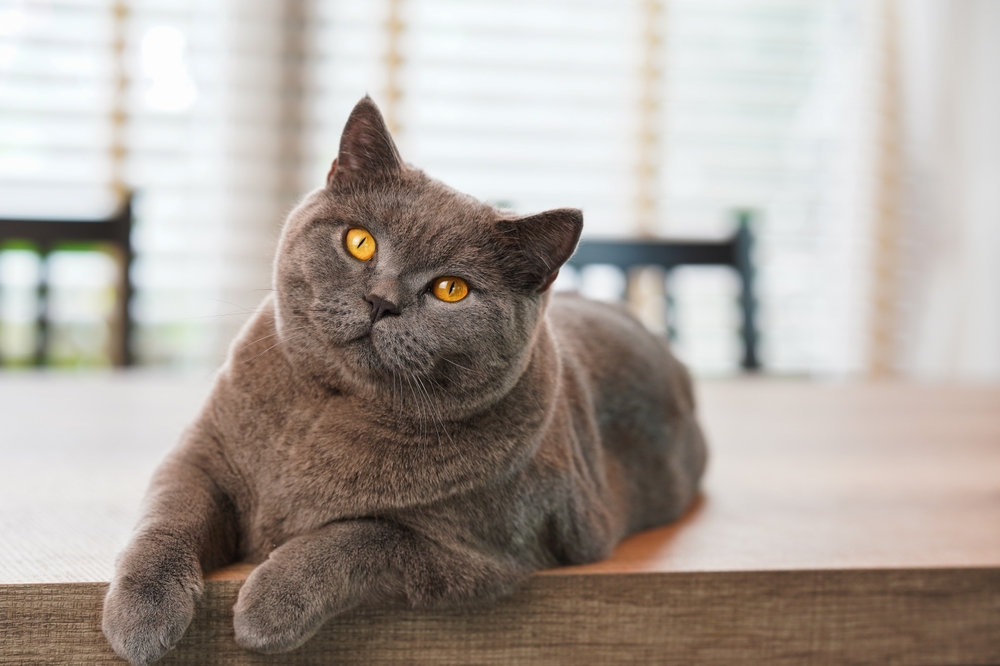
Even if you provide your cat with the most incredible scratching post in the world, chances are good that they will still enjoy scratching your most expensive piece of furniture. You can provide several scratching posts to encourage them to stay away from your furniture. If you’re looking for a new sofa or chair, consider purchasing a model with an easily replaceable cover.

Owning a British Shorthair on a Budget
Purchasing food in bulk is cheaper than bringing home smaller packages. Consider ordering large bags of dry food and multiple wet food cans or packets at the same time. Not only will you save on the cost of food, but you’ll probably qualify for free shipping. Instead of paying for fancy toys, you can use DIY plans online to create cat toys, beds, cat trees, and puzzles.
Saving Money on British Shorthair Care
Keeping your pet healthy is hands down the best way to save on medical care. Don’t try to save money on essentials such as cat food, as providing your pet with good nutrition can prevent the development of chronic health conditions. Regular exercise and playtime are also critical (and free) ways to support your cat’s health.
If you don’t have the cash to cover the costs of spaying or neutering your pet, contact your local shelter; many offer low or no-cost options or can refer you to a veterinary practice that can help.

Conclusion
The price of a British Shorthair cat can be primarily broken down into initial one-time and average monthly expenditures. Since it’s rare to find British Shorthair cats being given away or up for adoption in shelters, most people purchase them from breeders, which can cost anywhere from $1,500–$3,000.
Get ready for multiple veterinary visits and vaccinations if you adopt a kitten, and keep in mind that expenses usually increase once your pet hits their senior years since older cats require multiple trips to the veterinarian and often need special food and medications. To reduce your veterinary expenses, you can enroll in pet insurance to cover any unexpected medical bills.
Featured Image Credit: Alexas Fotos, Pixabay
